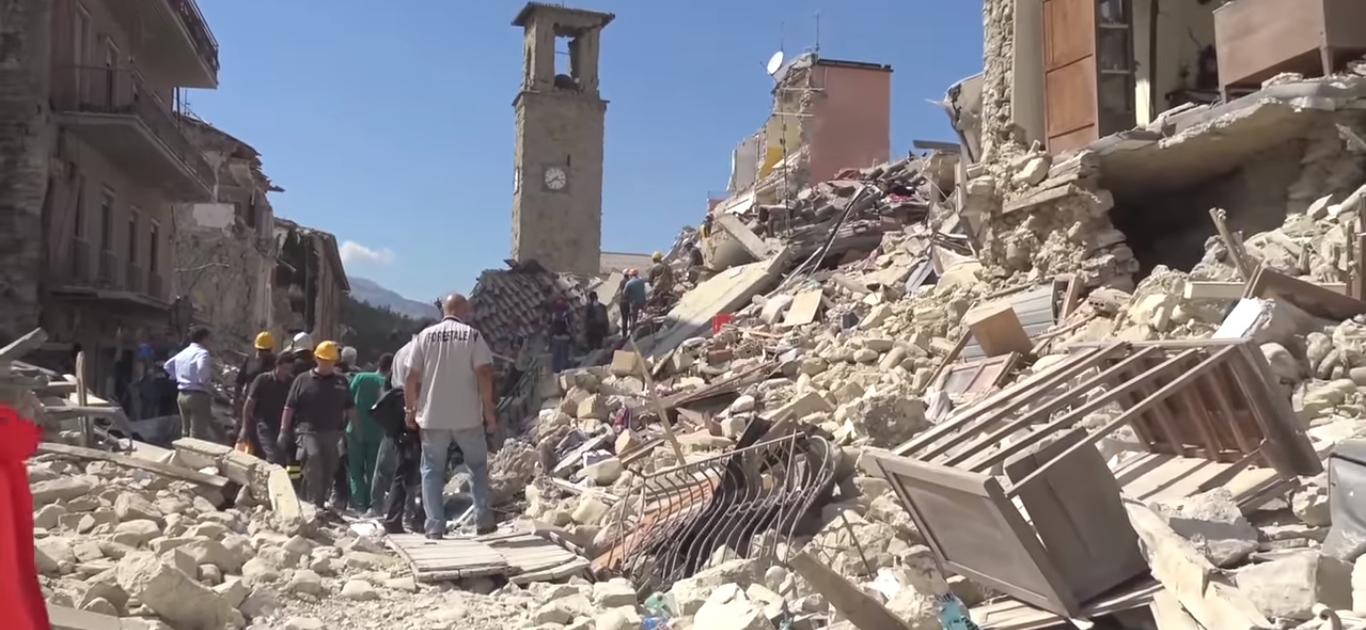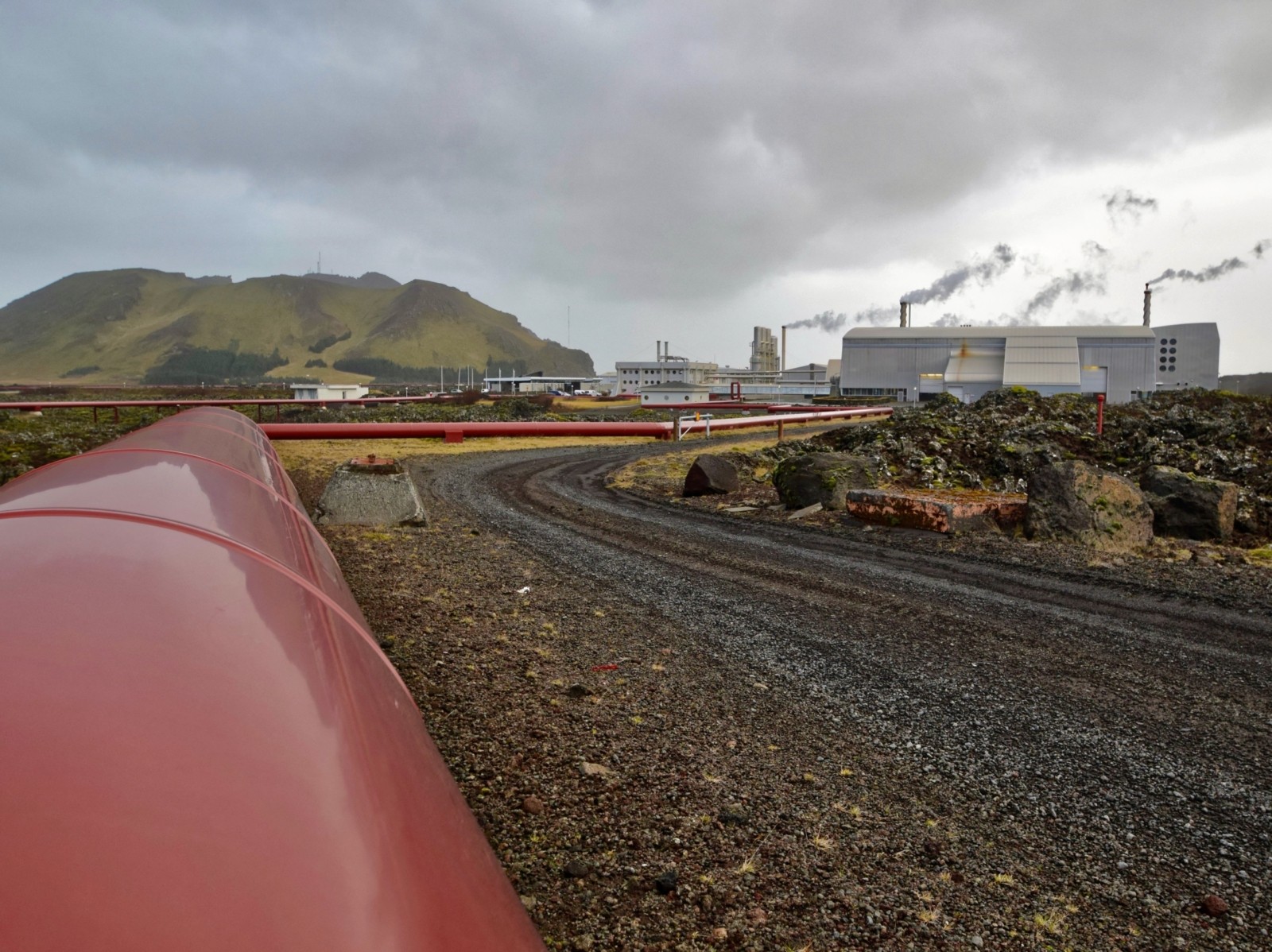Effects of earthquakes and volcanoes on people and the environment
The effects of earthquakes and volcanoes are typically classified as being either primary or secondary.
Primary effects are the direct result of an earthquake or volcanic eruption, such as buildings collapsing due to the movement of the earth or loss of life from pyroclastic flows.
Secondary effects are those that occur as the result of primary effects. Examples include fires caused by the rupture of gas pipes caused by an earthquake or homelessness caused by the loss of buildings.
Impacts of earthquakes and volcanoes on people
The impacts of volcanoes and earthquakes will vary depending on a range of factors at any particular place, however, earthquakes and volcanoes have a similar range of hazardous results.
CHECK YOUR UNDERSTANDING
Effects of earthquakes and volcanoes
What factors affect the impact of earthquakes?
The amount of damage caused by earthquakes depends on a combination of factors. These include:
- the strength of the earthquake and subsequent aftershocks
- the depth of the earthquake, the deeper the earthquake, the more energy is absorbed by the crust above them
- the distance from the epicentre, the further away from the epicentre the weaker the seismic waves
- the geology of an area, looser rocks, such as sedimentary, are more likely to liquefy and cause buildings and structures to sink into the ground
- the quality of building and construction materials
- the density of buildings as the higher the density, the greater the chance of swaying buildings to affect others
- the number of storeys – the taller the buildings, the more likely they are to sway and collapse
- the population density – the higher the population density, the more likely there are to be casualties
- the time of the day the earthquake occurs – at night people are likely to be sleeping in residential areas – older residential areas are more likely to be affected by earthquake damage
- secondary hazards such as tsunamis close to the coast, landslides and rockfalls in mountainous areas and fires caused by broken gas pipes in urban areas.
- contamination – caused by water supplies becoming contaminated as they mix with sewage
What factors affect the impact of volcanoes?
There are a wide variety of hazards that can injure and kill people and destroy property from volcanic eruptions. However, unlike earthquakes, volcanic eruptions can affect people and places hundreds of miles away. In addition to this, volcanic eruptions can even affect global climate.
Explosive eruptions can result in huge volumes of solid and molten rock fragments, known as tephra, volcanic gases and ash high into the atmosphere. In some instances, this has been as high as 20 km above a volcano in just 30 minutes. Volcanic ash in the atmosphere presents a considerable hazard to aeroplanes. Following the eruption of the Icelandic volcano Eyjafjallajökull in 2010, large swathes of air space across Europe was closed due to the hazard ash in the atmosphere presented.
Made of up tiny glass particles and pulverized rock, ash can be spewed tens of thousands of feet into the air, reaching jet cruising altitude. It’s abrasive enough to erode the blades of the compressor (which increases the pressure of the air that feeds the jet engine), reducing its efficiency. The ash that gets into the combustion chamber can melt, producing a substance like molten glass. That then solidifies on the turbine blades, blocking airflow, and potentially resulting in engine failure.
Following a significant eruption ash clouds can extend hundreds of kilometres downwind of the volcano. When this ash falls, it can damage crops, machinery and electronics. Significant ashfall can result in the collapse of buildings due to its weight.
Volcanic eruptions can emit significant volumes of toxic gasses during eruptions. Even when not erupting, gases are released through small openings called fumaroles. 90% of all gas emitted is water vapour; however, carbon dioxide and fluorine gas can also be released with deadly consequences.
On 21 August 1986, one of the strangest and most mysterious natural disasters in history took place at Lake Nyos – a lake formed atop a volcanic crater in northwest Cameroon. Without warning, the lake released hundreds of thousands of tonnes of toxic carbon dioxide – estimates range from 300,000 to up to 1.6 million – and this silent death cloud spread out over the countryside at nearly 100 km/h (62 mph), suffocating an estimated 1,746 people and more than 3,500 livestock within minutes. As carbon dioxide is heavier than air, it flowed into valleys below the crater, causing the significant loss of life.
Fluorine gas, which in high concentrations can be deadly, is absorbed into volcanic ash particles that fall to the ground. The particles can poison livestock grazing on ash-covered grass. It can also contaminate water supplies.
Pyroclastic flows, deadly avalanches of hot ash, gas and rock fragments, can result from explosive eruptions or the collapse of growing lava domes. Pyroclastic flows often follow the path of least resistance, such as valleys. The deadliest pyroclastic flow in recorded history was caused by the eruption of Mount Pelée, Martinique in 1902 when around 30 000 people died. A pyroclastic flow from Mount Vesuvius in 79 AD led to over 3360 deaths in the Roman settlement of Pompeii.
The images below show the impact of a pyroclastic flow from the Fuego volcano on the town of San Miguel Los Lotes, Guatemala in 2018.
Image source – NY Times
Flows of volcanic ash, mud, rock and water, known as lahars, are a deadly after-effect of volcanic eruptions. In 1985, lahars contributed to the 25 000 death-toll following the eruption of the Nevado del Ruiz volcano in Colombia.
Why do people live close to volcanoes?
Despite their hazardous nature, many people live in areas that are likely to experience volcanic eruptions. They do so for several reasons, including:
- Volcanoes provide raw materials – sulphur, gold, zinc and diamonds can be mined and sold.
- Volcanoes attract tourists – locals provide guided tours, and there are business opportunities in tourism, such a providing accommodation and food.
- Volcanic soils are very fertile, and crop yields are high – volcanic soils on the flanks of volcanoes and the surrounding area provide excellent opportunities to farmers.
- Energy can be generated through the use of geothermal power to produce electricity. Hot water can also be obtained for heating. This is common in Iceland.

Geothermal energy power station in Iceland
CHECK YOUR UNDERSTANDING
Why do people live close to volcanoes?
Related Topics
Use the images below to explore related GeoTopics.




